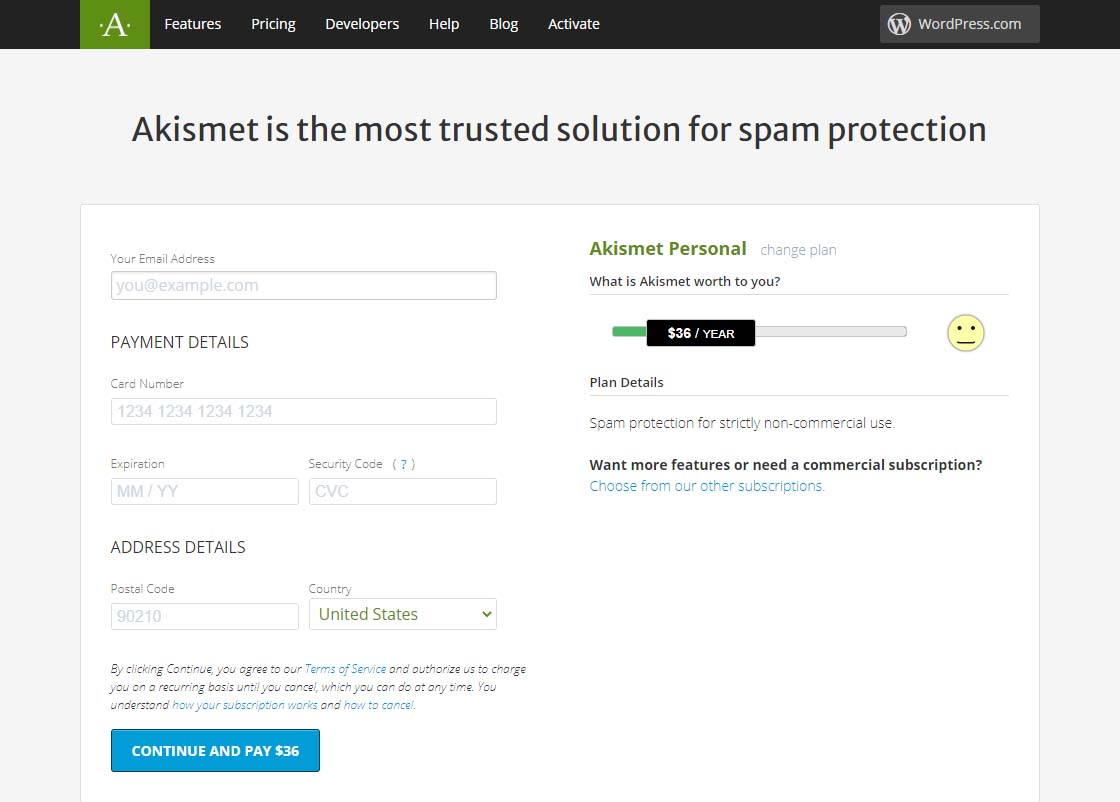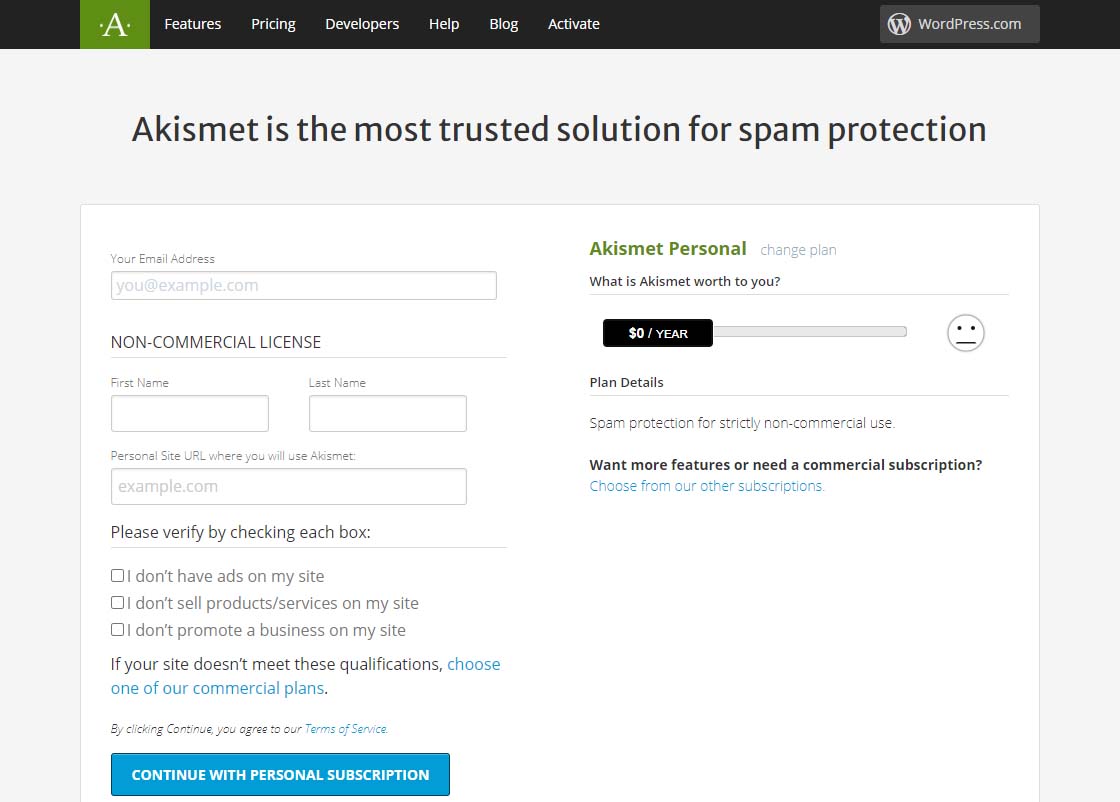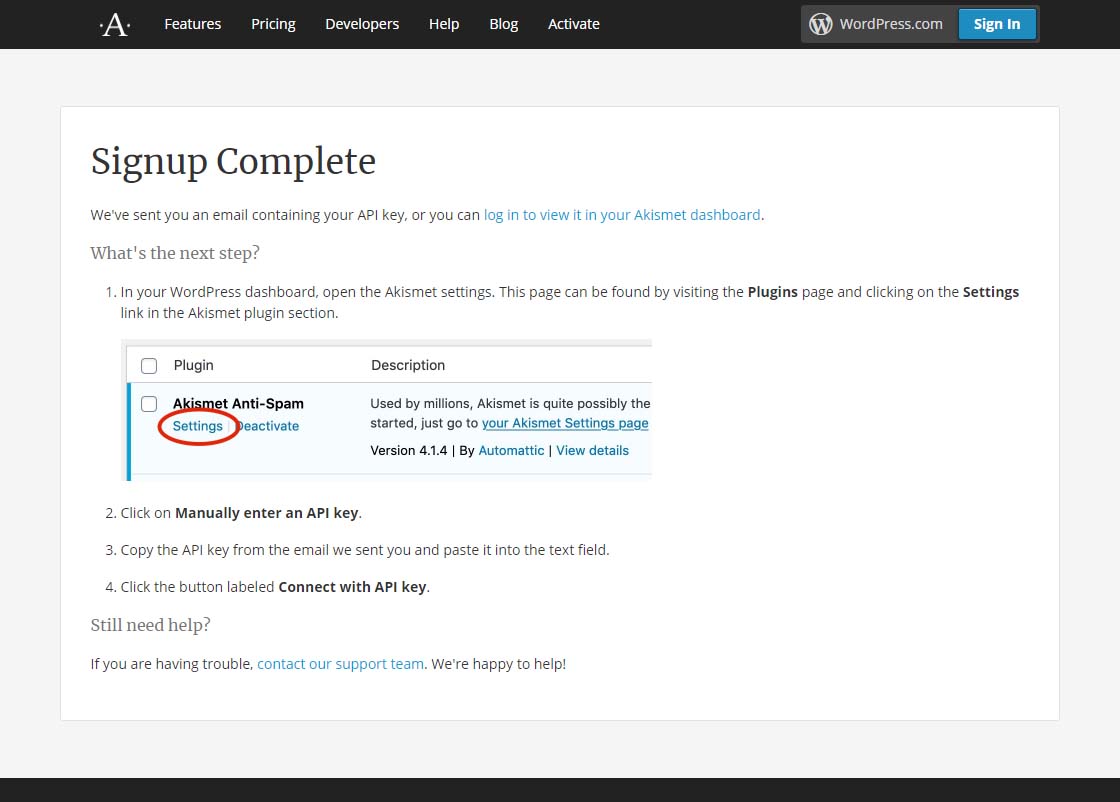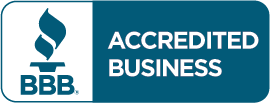by Charles Oropallo | Jun 30, 2022 | Do-It-Yourself, Email, Internet, Passwords, Security, Website Updates, WordPress
We at CharlesWorks are often asked by our web clients if their site is protected from malware and getting hacked. They also want to know if there site IS hacked, whether there be a charge to fix it.
The totally hack-proof website
The totally hack proof website has no access to it. So it’s not connected to the Internet. No one can view it. Such a website doesn’t sound like its of much use if no one can see it.
So, let’s agree that it is unrealistic to believe that a publicly accessible website can be totally hack-proof. Any website that is accessible via the public Internet is consistently subjected to attempts to break into it. Believe it or not, that’s the norm as opposed to the anomaly.
That being said, however, there ARE things you can do to mitigate website hacks. I have to stress the word mitigate here. Mitigation is defined as the action of reducing the severity, seriousness, or painfulness of something.
Site hacks are based on odds
My goal here is to simply remind you of what you most likely already know: that we can reduce the probability – the odds – of your site being hacked. We at CharlesWorks want that probability to be so low that it hopefully it doesn’t ever happen to you.
The major hacking causes
I have been operating CharlesWorks since 1998. In my experience, there appear to be two major reasons why sites get hacked:
-
- The access credentials/passwords have been compromised.
- The software that operates them wasn’t kept up to date.
Lets take a look at each of these below.
Compromised Access Credentials
Compromised passwords and bad actors gaining access to website login credentials is the major reason we see sites hacked. Think about this in terms of your car. You could have alarms on it. But if you make a copy of your car key and give it to someone, they can do whatever they like with the car. Whether its a drive along the beach or to rob a bank, your car is theirs to use with the key you gave them. Credentials – log in and passwords – work pretty much the same way.
CharlesWorks has many clients who want to be able to do things themselves. We are strong proponents of doing it yourself when it’s feasible and convenient. This is especially true for adding posts or page materials. It also makes sense when making other changes or modifications to your site. It is, after all, YOUR website.
However, many people fall prey to phishing schemes. Directly or indirectly, they usually end up tricked into giving out their website access credentials (as well as credentials to everything else they own). This is especially true if your email account is hacked and the hackers are able to access emails containing your website’s (and other) login credentials.
This problem is exacerbated if you have shared your website’s administrative or other access with others. Think of your emails containing various authorizations or login information as a potential weak link in a chain. If you have shared that information with others you have now created more weak links. This increases the odds of a potential compromise.
One of the best ways to mitigate these situations is to change your site’s access passwords so they are different than those possibly stored in your emails. And, to hope that anyone you may have shared your website access with has done the same.
Obviously, should site access be gained in such a manner, it would be your burden to have the site restored. I’ll expound upon this a little more at the end of this article.
Out of Date Security/Software Updates
Malware and virus protection on home computers operates a little differently than the same types of protection on servers. Website servers operate in the publicly accessible Internet. This results in many more entry points for potential issues. There are a number of very standard server protections available (which we utilize here at CharlesWorks).
After bad actors getting (or guessing) your passwords, the next major reason sites get hacked surrounds unapplied security updates and other software update issues. At CharlesWorks we mitigate such issues by running anti-malware software on our servers. Also, WordPress sites hosted on our servers are kept up to date automatically via automatic updating of the WordPress core as well as automatic updating of the the website’s plugins and themes.
There are literally thousands of individual pieces of software that must work in unison to operate most websites. These are developed by many more thousands of developers around the world. Unfortunately, no company can guarantee that a website will never get hacked. They can only mitigate security compromises and hope against the worst.
Restoring your Website
Regardless of which of the two situations above may have led to your website’s issues, your website will most likely need to be restored. That’s because after a bad actor or a hack back doors into the site will most likely have been installed for the bad actors to gain access again.
Many Internet companies claim to have automatic backups. In most of those, those backups are accessible to the user in their account. If the account is hacked, how safe do you suppose that is?
Some Internet companies delete and account upon a website being hacked. In those cases I have seen many left with no website or backup as a result.
What I believe is most important regarding this topic is the manner in which our WordPress sites are backed up every day for 30 days. Our backups are made to separate servers – external to those your the site operates on. For security reasons, the site administrators do not have access to these backups. So even with a site administrator’s compromised passwords there is no access to the backups. With these backups we can usually restore an average site in about 10-30 minutes if it needs restoring. And we can go back as far back as 30 days. We would only bill our web client for the 10-30 minutes (again – for an average website) which results in only a minor charge to restore it. Note that some websites are extremely large and require much more time to restore but these are very rare).
In my experience running CharlesWorks since 1998, we’ve built and handled more than 5,000 websites. At this point in time, I do not recall the last time a website we built and totally maintained was hacked (unfortunately I recall several instances of sites maintained by others that failed to ensure the site was updated and/or had their passwords compromised).
Sites getting hacked for out of date software happens far less frequently (if at all) when security updates are kept up to date and bad actors are kept out.
I hope this helps you understand a little more about this topic.










by Charles Oropallo | Jul 4, 2021 | Do-It-Yourself, Security, The CW Corner, Website Development, Website Updates
Here we are at the 4th of July of 2021 already! The loss of life suffered in 2020 was horrendous. Yet there are people who still do not think in terms of helping their fellow citizens – and themselves – by being vaccinated. The vaccine misinformation mills are in full production.
So think about this: Exactly who benefits when we don’t vaccinate? When more of us are ill and can’t work, the economy suffers. There is no way the government wants that. They want us to all work so they can collect taxes from our labor. Enemies of America benefit when we don’t vaccinate. Who benefits when we do? We all benefit. The economy will return to normal – as will our lives.
At CharlesWorks we all chose to be vaccinated. Each of us employed here cares about ourselves and our clients. So when you make an appointment with us in person you can at least rest assured we have taken steps indicating we care about you.
The CharlesWorks policy is that the COVID unvaccinated need not apply. That is one of the many ways we show we care about others.
Vaccination will help us return to normalcy. It is a small thing to do. It is the patriotic thing to do. It is the right thing to do.










by Charles Oropallo | Dec 15, 2020 | Do-It-Yourself, Internet, Security, Technical Help, The CW Corner, Website Development, WordPress
Akismet provides a convenient and free way to protect your personal WordPress site or blog from spam.
Many times we’d like to allow comments to be left on our WordPress site. The hassle with this can be the tremendous amounts of spam that come through the forms on websites.
Akismet is a compact WordPress plugin that filters the incoming comments. It is pretty straightforward to use and pretty easy to set up as well.
Install the Akismet plugin
The first step in this process is to ensure that the Akismet plugin is installed in your WordPress website:
-
-
- Log into your WordPress website’s dashboard as an administrator
- Click on Plugins in the left dashboard navigation column
- Look and see if Akismet is listed – if it is – and it is not activated you can proceed to the Akismet Setup step below – otherwise
- Click on Add New under Plugins in the dashboard navigation column
- If you don’t see Akismet in the plugins, then in the text box to the right of the work Keyword in the row starting with Featured type in Akismet – then click on its Install Now button. Do not activate it yet.
Perform the Akismet Setup
To set up Akismet in your website, you will need an API code from the Akismet site. The first step in that process is to navigate to:
https://akismet.com/plans
This (as of the time of this writing) brings you to a page that should look similar to the screenshot below.
 Akismet offering pricing page
Akismet offering pricing pageTo get the free version of Akismet comment spam protection, you will need to click on the Get Personal button on the above page.
Once you’ve done that, you should see a page similar to the one below. Before attempting to fill out anything on this page, we need to set that $36 / YEAR to $0 / YEAR. Click on the $36 / YEAR box and drag it to the left.
 Akismet Default $36 per year page
Akismet Default $36 per year pageDragging that $36 / YEAR box to the left should change the page to display something like the one below showing 0$ / YEAR. You can also see that the information to fill in has changed.
Akismet $0 per year page
 Akismet $0 per year page
Akismet $0 per year pageNow fill in the information completely. Note that you need to be able to check all three checkboxes indicating the following:
-
-
- you don’t have ads on your site
- you don’t sell products/services on your site
- you don’t promote a business on your site
If these are the case, then you will qualify for a free, personal plan.
All you have to do once you have gotten this far is follow the directions on the page below.
 Akismet signup complete page
Akismet signup complete pageFinally, it is suggested that while on that settings page in Akismet, you can choose to show the number of approved comments beside each comment author and choose whether to show a privacy notice or not. Then just click the Save Changes button and you are on your way!










by Charles Oropallo | May 13, 2020 | Email, Internet, Monadnock Shopper News, Security, Shopper News, The CW Corner
The pandemic we are dealing with doesn’t always bring out the best in human nature. Such times are when scammers are more apt to take advantage of people. Many people are feeling anxious and helpless. Add economic issues and it’s clearly a recipe for depression and uncertainty.
Most small business owners have heard of PPP (Payroll Protection Program) loans. These are to help businesses stay alive and keep people employed during this pandemic. There are incredible numbers of scams involving PPP loans.
Most scams come through email. They also happen over the phone. Unbelievably, calls and email are great mediums for scammers. Emails trick people into loading viruses onto their computers. Both manipulate people into volunteering personal information! The result is identity fraud and/or account thefts.
Internet and telephone scams have one important factor in common: instill a sense of urgency in the mark. If the scammer can make you think you need to act on this right away, you probably will.
I suggest you:
1) Deal with bankers/lenders at respected institutions you actually know. Use the drive-through window if you must to set up an appointment.
2) Call your banker/lender if you get an email or phone call offering their help with the PPP loan – even if the email or phone call appears to be from a legitimate source.
3) Understand that emails and phone numbers can be spoofed – made to look like they’re from a legitimate source.
Be cautious and you won’t have to regret the unimaginable headaches that those who have suffered identity theft and other losses have experienced.










by Charles Oropallo | Apr 15, 2020 | Internet, Monadnock Shopper News, Security, Shopper News, The CW Corner, Website Development
Most of the articles I submit are to help the average web user or website owner learn a few web related tidbits. This one is geared toward web developers.
The scam asks about doing web development and whether it can be paid via credit card. It lets you know right away that they have a good budget to make the site. They also tell you they want it to be like a particular other site that you can check out to see what the project will entail.
Then the scam is presented – the scammer needs a favor. When you write back and ask what that favor is, here is a verbatim response I received:
“The favor i need from you is. i would give you my card info’s to charge for $7,700 plus credit card company charges, so $2,000 would be a down payment for my website design and the remaining $5,500 you would help me send it to the project consultant that has the text content and the logo for my website so once he has the $5,500 he would send the text content and logo needed for my website to you also the funds would be sent to him via Instant Transfer or Cashier Check into his account, sending of funds would be after funds clears into your account And also $200tip for your stress So i will be looking forward to read back from you. Thanks”
Then I indicate my credit card company doesn’t allow such transactions. I never hear from them again…
Most scams are built upon the greediness of the mark – purposely using poor grammar and presenting what looks like it’ll be a easy way to make some quick cash. That’s how they trick you out of your money. We all know the old saying: If it sounds too good to be true, it probably is.










by Charles Oropallo | Mar 4, 2020 | Domains, Internet, Monadnock Shopper News, Security, Shopper News, The CW Corner
Explained really simply, domain names are just pointers that convert recognizable words or characters to Internet addresses so we can view a website. Whenever a domain name is created, its creation date and expiration date are publicly available.
There are many domain scams out there. A rather common one I often see is where an unscrupulous company tries to overcharge you for your domain name and get control of it.
The main way they do this is by first scaring you into thinking you might lose your domain name because it is expiring. They do this by sending a carefully crafted letter to you through the postal service. The message appears at first glance to resemble an invoice convincing you to renew your domain name with them. These messages are very convincing.
Reading the “invoice” carefully actually reveals it states it is not an invoice – but in fact it is an “offer”. That statement is what keeps it “legal”. Amazingly, some of the companies that trick domain owners like this have been prohibited from operating in Canada after being legally challenged by the Canadian government.
My advice is to always check with your domain provider when presented with anything appearing to be a bill that appears suspicious. It will save you a lot of headaches going forward.

















 European Union General Data Protection Regulation Compliant
European Union General Data Protection Regulation Compliant